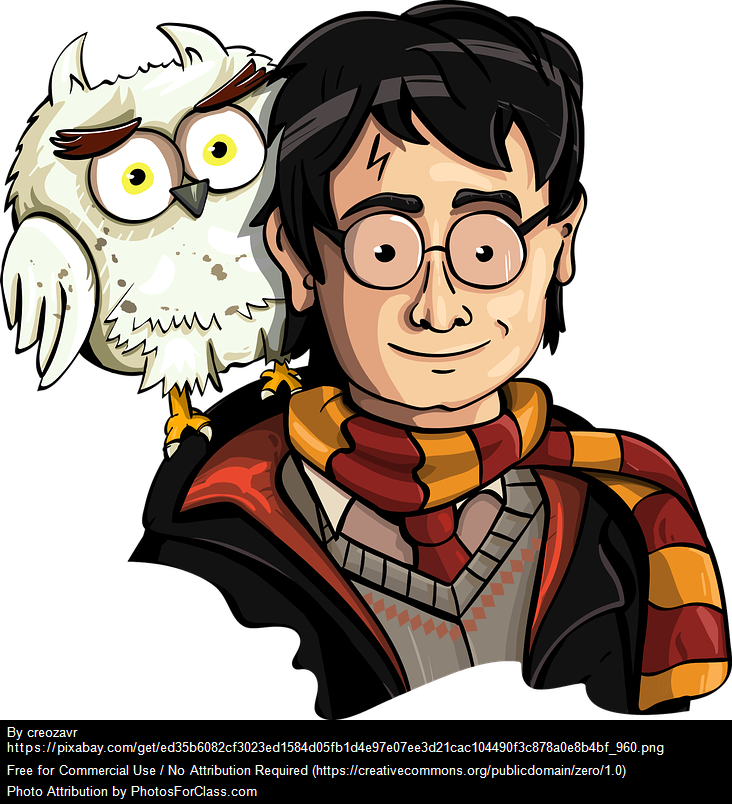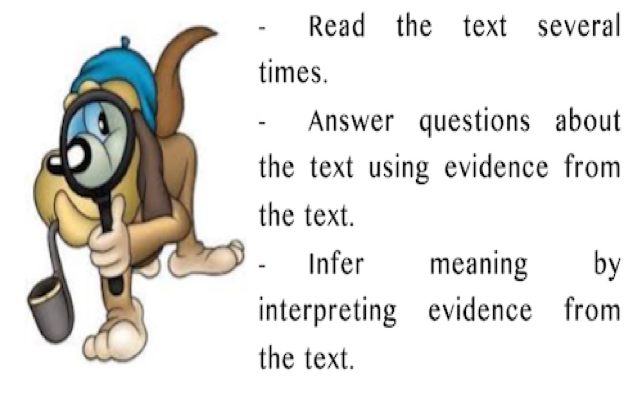1.1 Read About a Sense of Place
1.1D Harry Potter's Places
Remember, in this unit, we are exploring “sense of place”. Everyone has special places - places with deep meaning, memories, personal history, and cultural experiences that make a place special over time. People have memorable places that they may have only been to once but the places and people there left a strong enough impression that gives it a place of importance in the mind. Through time, shared experiences, history, and stories help to connect places and people and to transmit a strong connection to place from generation to generation.
 To what places is Harry Potter connected after his first year away at wizarding school? In the start of the first novel in the Harry Potter series, Harry had spent most of his ten years of life living with an aunt and uncle, Petunia and Vernon Dursley, and their son, Dudley. Harry was treated really quite poorly there, and his bedroom was a closet under the stairs. On his eleventh birthday, Harry learns about his magical wizard heritage when he receives an unexpected letter of acceptance to Hogwarts School of Witchcraft and Wizardry. Harry makes close friends and a few enemies during his first year at the school, and with the help of his friends, Harry faces an attempted comeback by the dark wizard Lord Voldemort, who killed Harry's parents, but failed to kill Harry when he was just 15 months old. During the summer break, he goes back to his family.
To what places is Harry Potter connected after his first year away at wizarding school? In the start of the first novel in the Harry Potter series, Harry had spent most of his ten years of life living with an aunt and uncle, Petunia and Vernon Dursley, and their son, Dudley. Harry was treated really quite poorly there, and his bedroom was a closet under the stairs. On his eleventh birthday, Harry learns about his magical wizard heritage when he receives an unexpected letter of acceptance to Hogwarts School of Witchcraft and Wizardry. Harry makes close friends and a few enemies during his first year at the school, and with the help of his friends, Harry faces an attempted comeback by the dark wizard Lord Voldemort, who killed Harry's parents, but failed to kill Harry when he was just 15 months old. During the summer break, he goes back to his family.
In this lesson, you will practice what good readers do as you find out about Harry’s sense of his home with the Dursley’s compared to his home at Hogwarts School of Witchcraft and Wizardry.
Good readers reread text to dig for clues that help to unlock the treasures within. They do close reading.

You can try a close reading using the excerpt from the first chapter of Harry Potter and the Chamber of Secret's.
(Source: Rowling, J. K. (2000). Harry Potter / Harry Potter and the chamber of secrets. Hamburg: Petersen.)
Start with your "first reading".
- First reading:
- Try to get the "gist" of the text - a sense of what it is about and a sense of how it may be read.
- Try to make a picture in your mind of what is happening.
- Ask yourself questions.
- Stop and predict what you think will happen next.
- Look for big ideas!
- Second reading: This is usually a slower read, where you try to understand the text better. You may take notes beside the text, write down questions, notice imagery and literary devices, and make connections.
- As you read, find and record examples of imagery (a vivid description that involves using the five senses), similes (comparisons using like or as), and metaphors (comparisons without like or as).
- Third+ reading: This reading may be to answer specific questions, unravel clues, and infer for deeper understanding. You can be a sleuth by going back to the details in the text to find evidence or specific details.
 Go to your Learning Guide and complete the first, second, and third reading activities while reading the excerpt from Harry Potter.
Go to your Learning Guide and complete the first, second, and third reading activities while reading the excerpt from Harry Potter.